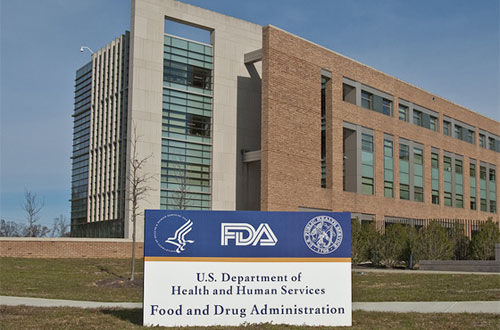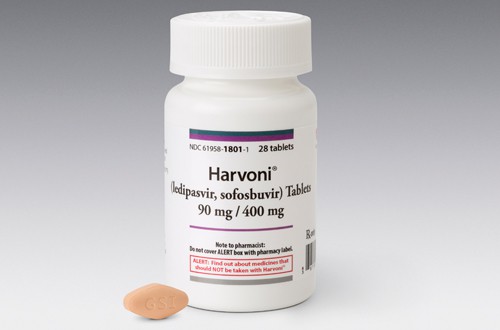
The approval rate of new medicines in the US hit an 18-year high in 2014 as the FDA gave the green light to 44 new medicines, with most being for infectious diseases and cancer.
According to data published by the US regulator AstraZeneca received the most approvals with four new medicines last year, including the diabetes drug Farxiga (dapagliflozin) and Lynparza (olaparib) for ovarian cancer.
Other companies have also fared well including AbbVie, which had not produced an new molecular entity (NME) in a decade but gained approval for a key new hepatitis C drug in the form of Viekira Pak (ombitasvir, paritaprevir, dasabuvir and ritonavir), which is set to make around $3bn this year.
Biogen Idec gained three approvals while Lilly, which had only brought one NME to market in the previous nine years, notched three in cancer and diabetes last year. Merck & Co rounded off the top four firms, also seeing three approvals.
At the bottom of the list for leading pharma companies was Bayer with no approvals, while GlaxoSmithKline, J&J and Roche saw one approval each in 2014.

Gilead’s Harvoni was singled out by FDA commissioner Margaret Hamburg as one of the most innovative drugs approved in 2014
There were some truly innovative medicines on the list, predominately for hepatitis C, with Gilead’s Harvoni (sofosbuvir and ledipasvir) and Viekira Pak leading the way.
These two drugs can all effectively cure hepatitis C in more than 90% of patients, doubling the rates seen in older injectable medicines. Harvoni even received special mention from the FDA’s commissioner Margaret Hamburg as being one of the more innovative approvals of the year.
Infectious diseases dominated 2014 with 12 approvals (27%) – but only Harvoni and Viekira Pak were for hepatitis C, with the rest for fungal, viral, parasitic and bacterial infections, the latter being particular significant considering the growing threat of antimicrobial resistance.
Cancer was the next largest category with eight approvals (18%), followed by rare diseases (11%) and drugs for the endocrine system with four approvals (9 per cent).
Writing on the FDA Blog Hamburg says however that the numbers “don’t tell the full story”.
She explains: “What really matters is that many of these new products offer significant clinical value to the care of thousands of patients with serious and life-threatening diseases. That’s certainly the case for patients with rare diseases that affect 200,000 or fewer Americans. So far this year we’ve reached a milestone with a record 15 approvals for rare diseases.
“The previous high was 13 drugs in 2012. These results are all the more significant because patients with rare diseases often have few or no drugs available to treat their conditions.”




